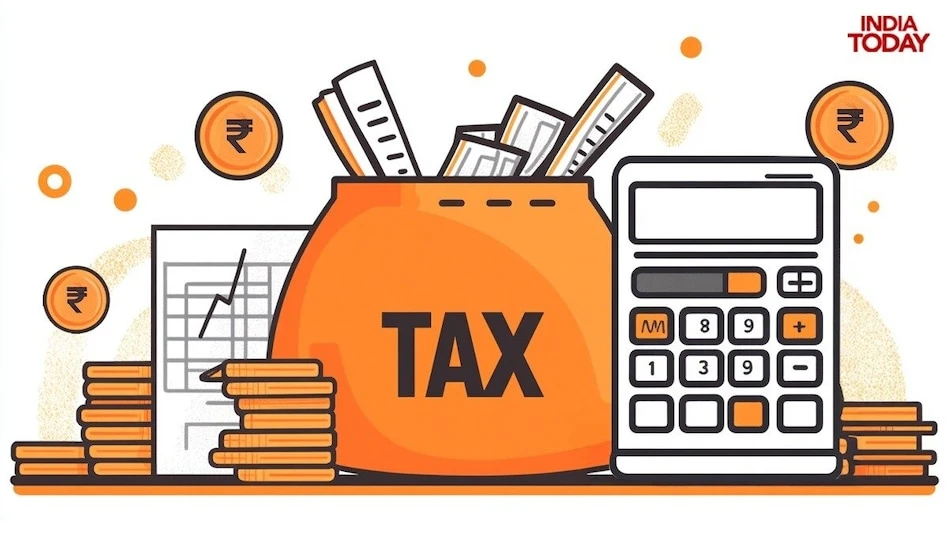Over the last decade, the personal income tax system in India has changed drastically and so has the rationale behind the budgets presented, through relief in the eyes of middle class taxpayers. Since the assumption of power by the Narendra Modi government in 2014, the scope of tax relief initiatives through extension of tax exemption limits, restructuring of tax slabs and rebates has increased. The 2025-26 budget continues this in, by offering further tax relief to millions of taxpayers.
Income Tax Structure in 2014 vs. 2025
In 2014, prior to the Narendra Modi government presenting its first budget, the income tax structure was relatively simple and less advantageous. Taxpayers paid:
- 10% on incomes above ₹2 lakh
- 20% on incomes above ₹5 lakh
- 30% on incomes above ₹10 lakh
Particularly, a rebate of ₹2,000 was also provided to the income up to ₹5 lakh. These rates and thresholds changed over time in order to ease the tax burden on people.
New Tax Regime: A Game-Changer
The introduced (2020) and revised (2023) income tax system has significantly altered the tax environment. Under Budget 2025-26, the governments also provided the following reforms that they introduced to make the tax levied only on the individual’s income up to ₹12 lakh because of rebates. The new regime also includes a six-slab tax model and not the previous one with a three-slab model: .
- 5% tax on incomes above ₹3 lakh
- 10% tax on incomes above ₹6 lakh
- 15% tax on incomes above ₹9 lakh
- 20% tax on incomes above ₹12 lakh
- 25% tax on incomes above ₹15 lakh
- 30% tax on incomes above ₹20 lakh
By doing so, this change has alleviated the tax compliance burden on a large segment of taxpayers, such as middle-income earners.
Rising Tax-Free Threshold: From ₹2 Lakh to ₹12 Lakh
Compared to the 10 years preceding it, there has been a gradual increase of the tax-free income threshold.
- 2014: Tax-exempt income was up to ₹2 lakh
- 2019: Effective tax-free income increased to ₹5 lakh under Section 87A rebates
- 2025: The tax-free threshold has now more than doubled to ₹12 lakh under the new regime
That’s a major segment (of the population) who no longer need to pay income tax, freeing disposable income, and mean savings.
Tax Liability Over the Years: A Comparative Analysis
To understand how the tax burden has reduced, here’s a comparison of tax liability in 2014 vs. 2025:
| Annual Income | Tax in 2014 | Tax in 2025 (New Regime) |
|---|---|---|
| ₹6 lakh | ₹50,000 | ₹0 (Due to rebate) |
| ₹12 lakh | ₹1.9 lakh | ₹0 (Due to rebate) |
| ₹18 lakh | ₹3.7 lakh | ₹1.45 lakh |
| ₹30 lakh | ₹7.3 lakh | ₹4.8 lakh |
To relieve the tax liability of the people in this category, tax exemptions up to ₹12 lakh* have been levied and rebates have been implemented. Even for higher-income earners, the liability has decreased significantly.
More Slabs, Lower Tax Rates
Formerly India used a three-tiered tax system with 10%, 20%, and 30% tiers. The new regime of tax system has introduced a six slab system with lower intermediate rates. This benefits taxpayers in the ₹8 lakh to ₹24 lakh range, who previously had to pay a flat 30% tax once their income exceeded ₹10 lakh.
At the same time, the old regime remains available for those who prefer traditional tax-saving investments like:.
- Section 80C (PF, PPF, ELSS, etc.)
- HRA (House Rent Allowance)
- Home loan interest deductions
Revenue vs. Taxpayer Benefits: Striking a Balance
Despite the substantial increase of the tax relief, the state is also determined to implement fiscal restraint by tax base widening. Measures such as:
- Faceless assessments
- Higher digital transactions
- Mandatory PAN-Aadhaar linking
…have improved compliance and revenue collection. The ideology of the new regime included not only simplifying taxation, but also a provision for retaining such capabilities as a benefit for those who chose deductions under the previous regime.
What’s Next for India’s Tax System?
The development of India’s income tax framework over the last decade has been one of the most dramatic changes in the postwar period, since the year of liberalization. Despite the confirmation of increasing levels of tax reliefs, the government now has the problem of whether reducing further levels of tax relief at the same time whilst fulfilling its revenue responsibility is still a feasible option.
It remains to be seen whether economic growth, government expenditure and fiscal goal will allow the trend of higher exemption limit and lower tax rate to resume. At this next stage of development, focus is likely to remain on decentralisation, digitalisation and extending the taxpayer base to secure the country’s economic future.
“Stay updated with the latest news and insights – follow us at YPBB News on X for real-time updates and exclusive stories!”
